If you’re a Long Island homeowner or commercial property owner thinking about a roof upgrade, you’re not alone. With advances in technology, roofing options have evolved, offering more than just protection from the elements. The newest type of roofing combines durability with energy efficiency, making it a smart choice for property owners looking to save on energy bills while enhancing curb appeal.
Today’s roofing innovations focus on sustainability and performance. This means you can expect materials that not only last longer but also contribute to a greener environment. Whether you’re interested in reducing your carbon footprint or simply want a roof that stands up to Long Island’s diverse weather conditions, exploring the latest roofing types could be the right move for you.
Overview of Roofing Types
Understanding different roofing types helps you choose the best option for your property. Traditional materials and emerging technologies offer various benefits for Long Island homeowners and commercial property owners.
Traditional Roofing Materials
- Asphalt Shingles: Offering a cost-effective solution, these common shingles provide reliable protection with a 20-30 year lifespan.
- Clay Tiles: Known for their durability and aesthetic appeal, clay tiles can last over 50 years if maintained properly.
- Wood Shakes: Delivering a natural look, these require regular maintenance but add rustic charm and typically last 20-40 years.
- Solar Shingles: These integrate solar technology with traditional shingles, generating electricity while protecting your home.
- Green Roofs: Comprised of vegetation layers, these improve insulation and reduce stormwater runoff.
- Synthetic Shingles: Made from recycled materials, these mimic traditional styles like slate or wood, providing durability and lightweight benefits.
Each option offers distinct advantages for enhancing your property’s sustainability and efficiency in Long Island’s diverse climate.
The Newest Type of Roofing
In the evolving world of roofing, solar tiles represent the newest innovation. They combine the durability of traditional tiles with the capability to generate electricity from sunlight.
Key Features and Benefits
Solar tiles offer several key benefits. They are designed to be both tough and visually appealing, functioning like regular roofing while also creating power. This can lead to reduced energy bills and a smaller carbon footprint, since solar tiles help harness renewable energy from the sun. These tiles integrate seamlessly with your roofline, preserving the aesthetic you desire for your home or commercial building.
How It Differs from Existing Options
Unlike traditional materials such as asphalt shingles or clay tiles, which focus solely on protection and aesthetics, solar tiles serve a dual purpose. While maintaining the basic role of sheltering your property, they also contribute to energy production. This differs from solar panels, which often need to be mounted on top of existing roofs and may disrupt architectural continuity. Solar tiles, on the other hand, blend in as part of the roof, offering a sleek, modern look while being productive.
Installation Process
Understanding the installation process for solar tiles helps you make informed decisions. Proper installation ensures efficiency and longevity.
Required Tools and Materials
You’ll need specific tools and materials to install solar tiles.
- Solar Tiles: Select tiles that fit your roof’s specifications and align with energy goals.
- Mounting Hardware: Use hardware that secures tiles firmly to the roof structure.
- Wiring and Connectors: Ensure proper setup of electrical components for safe energy transfer.
- Inverter: Convert solar energy into usable electricity for your home.
- Safety Gear: Use gloves and helmets to prevent accidents during installation.
Expert assistance might be beneficial if you’re unfamiliar with electrical work or roof installation.
Time and Cost Considerations
Understanding time and cost helps in planning the installation of solar tiles.
- Installation Time: Typically takes a few days, depending on roof size and complexity.
- Labor Costs: Skilled labor costs vary, often calculated per square foot.
- Material Costs: Solar tiles and electrical components have upfront expenses, but they contribute to long-term savings.
- Permits: Obtain necessary permits from local authorities before starting the project.
Calculate total expenses by considering both materials and labor for an accurate budget estimation.
Pros and Cons
Solar tiles offer unique benefits and challenges for Long Island property owners. Understanding these can guide your decision-making.
Advantages
Generate electricity while protecting your home from weather. Lower energy bills significantly due to solar power integration. Enjoy an attractive, seamless appearance enhancing your property’s visual appeal. Increase property value by installing cutting-edge roofing technology. Contribute to environmental goals with renewable energy use.
Disadvantages
Initial costs are high due to advanced technology and materials involved. Installation complexity may require expert help, adding to expenses. Energy production varies with sunlight availability, impacting effectiveness. Design may limit compatibility with some roof structures. Potential need for periodic maintenance to ensure optimal performance and longevity.
Environmental Impact
New roofing options like solar tiles and green roofs offer significant environmental benefits. If you choose solar tiles, you’ll generate clean energy directly from sunlight. This renewable process reduces reliance on fossil fuels, cutting down greenhouse gas emissions and lowering your carbon footprint. Installing a green roof, which supports vegetation, can further boost sustainability. It provides natural insulation that reduces heat absorption, helps manage stormwater, and improves air quality by filtering pollutants. These eco-friendly choices enhance your property’s environmental responsibility and contribute to broader sustainability goals.
Conclusion
Exploring the newest type of roofing, like solar tiles, offers you a unique opportunity to enhance your property’s efficiency and sustainability. These innovations not only improve energy savings but also align with environmental goals, making them a compelling choice for the diverse climate of Long Island. While the initial investment may seem high, the long-term benefits in energy cost reduction and increased property value make them worthwhile. By embracing these advanced roofing options, you’re contributing to a greener future while ensuring your home or commercial property stands out with modern appeal.

